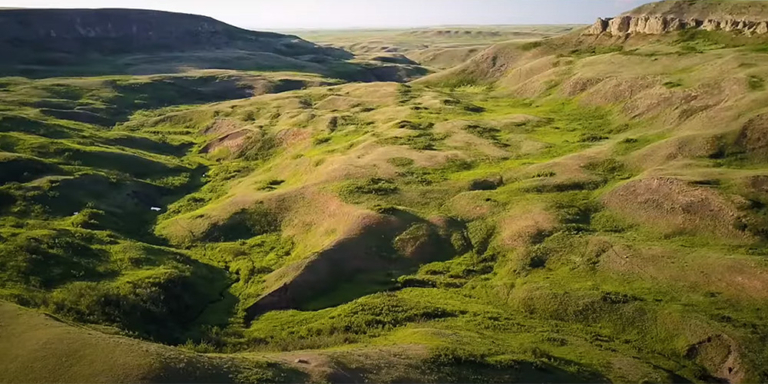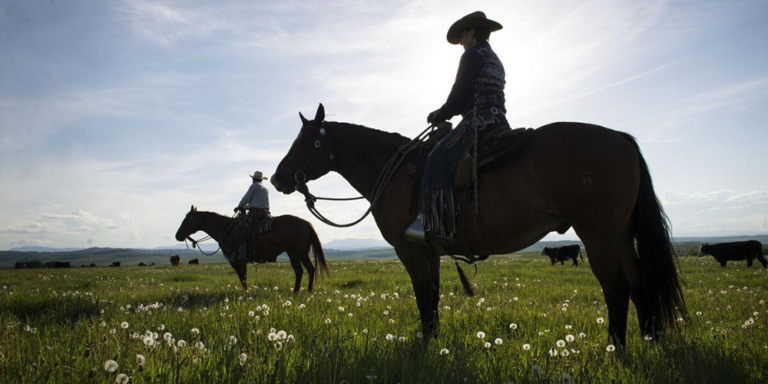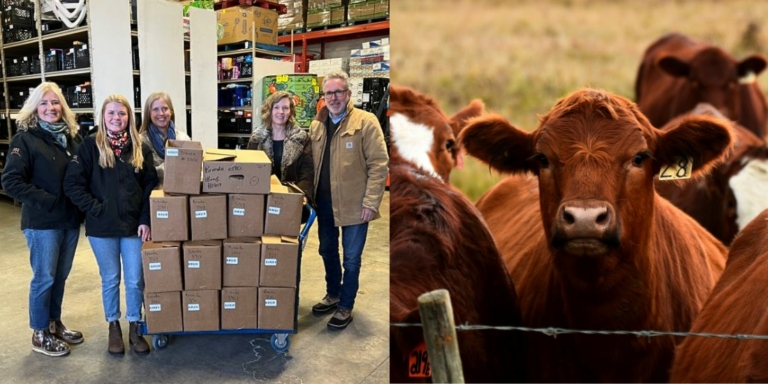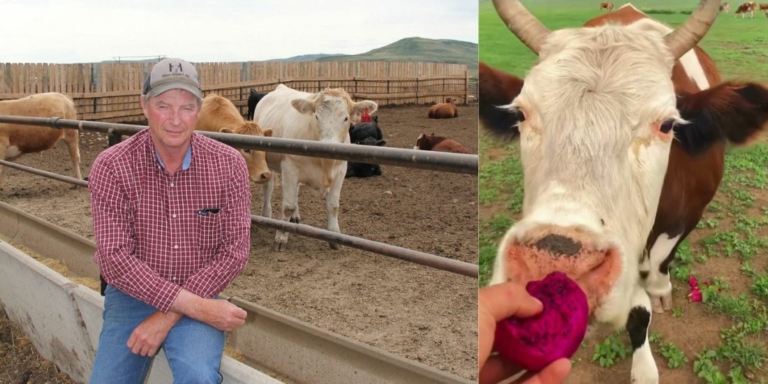With record-high temperatures across the province leading to drought, Alberta has achieved many records this year, But most are firsts Albertan farmers and ranchers would rather avoid.
While droughts are nothing new for Alberta’s farmers, some regions are facing the worst drought conditions they have seen in 50 years.
This includes Rachel Herbert, the owner of the Trail’s End Beef cattle ranch in Nanton, which has seen a third of the rainfall it would typically see at this time.
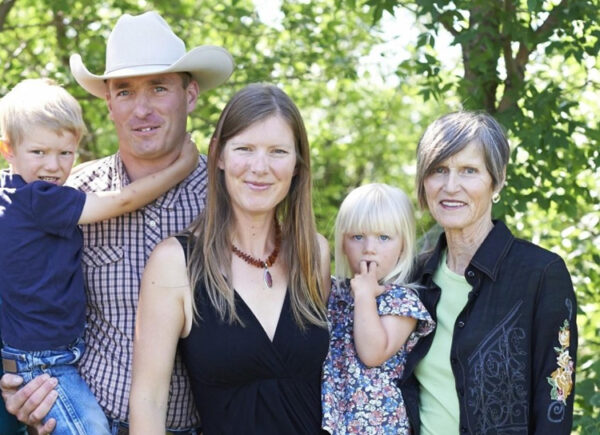
Minimal rainfall has resulted in a lack of moisture, negatively impacting crop growth and quality. In Herbert’s case, this has made it impossible for her to grow enough hay to feed her animals come winter.
Her solution is expensive; buy hay from away and ship it in. Shipping hay from within Canada costs around $5 for every kilometre travelled.
According to Caleb Scott, Foothills County’s agricultural fieldman, a single shipment of hay could cost as much as $1,000 for transportation alone.
In Foothills County, agricultural producers predict 60 percent decreases in hay, pasture, and grain yields compared to the five-year average.
“Cattle producers are really concerned about how they’re going to feed their animals,” Scott told The Globe and Mail.
But shipping hay is only an option for some. Instead, many ranchers in Foothills County are significantly reducing the number of cattle in their herds.
Out Of Sight, Out Of Mind
Some ranchers in the county are selling their cattle at the auction market. Foothills Auctioneers is now seeing a surge in yearlings and breeding stock being auctioned.
One-year-old calves – called Yearlings – are typically grazed on pasture over the summer to increase their weight and value before being sold in the fall.
Female cattle that birth calves, referred to as breeding stock, are worth ten times more than the price of their meat when sold for breeding purposes.
Yet, many ranchers are choosing to sell their yearlings early and their breeding stock for meat.
Rob Bergman, an auctioneer veteran and owner of Foothills Auctioneer, claims he is seeing 30 percent more cattle coming to market than usual for this time of the year.
Other ranchers are culling their herds to cut costs. This involves the selective slaughter of cattle.
That’s the option Herbert has chosen. She has chosen to use meat from her breeding stock to sell more ground beef, jerky, and sausages.
This downward trend in cattle stock isn’t limited to Alberta. Nationwide, the number of cattle sits at a little over 11 million, the lowest Canada has seen in over 30 years.
According to J.P. Gervais, chief economist at Farm Credit Canada, we can expect higher beef prices over time as this trend continues. But he claims that hasn’t stopped Canadians from buying beef so far.
“When you look at the consumer, it looks positive…Despite all of the pressures of consumers, high-interest rates, inflation, and all these things, they seem to be consuming beef still. They seem to value the beef,” said Gervais.


